How to Read Utm Codes in Google Analytics
Crucial aspects of being a great marketer are being able to measure your success and measure out your impact. No thing which metrics y'all use, you lot want to prove to your dominate (and the visitor) that you're worth your salt. You deserve your budget — and peradventure need more than of it — and you deserve to dedicate time to the marketing activities that work. Building UTM codes that track your campaigns' success is the best way to prove it. UTM (Urchin Tracking Module) codes are snippets of text added to the stop of a URL to help you track where website traffic comes from if users click a link to this URL. Marketers customize this text to match the webpage this URL is linked on in gild to attribute the success of that campaign to specific pieces of content. UTM codes are also known every bit UTM parameters — or tracking tags — because they help you "rails" website traffic from its origin. Now, y'all might exist thinking, "Ginny, I have HubSpot, so I already know if my website traffic is coming from Google, email, social media, and similar marketing channels. What does a UTM code tell me that I don't already know?" HubSpot Marketing Hub provides you lot with these loftier-level sources of traffic, but UTM also helps you drill down into specific pages and posts within these traffic sources. If you're promoting a campaign on social media, for case, y'all'll know how much traffic came from social media. Edifice a UTM code, however, tin can tell you lot how much of that traffic came from Facebook or fifty-fifty a particular post on Facebook. Here'south an example of a URL with its ain UTM code highlighted in orange at the end of the URL below: http://blog.hubspot.com/9-reasons-you lot-cant-resist-listing ?utm_campaign=blogpost &utm_medium=social&utm_source=facebook In the instance above, you're saying that once traffic comes in from people who click this link, the traffic should be attributed to Facebook. The "medium" is social media, while the "source" is Facebook. Adding these snippets of code after the question mark higher up doesn't affect anything on the page — information technology merely lets your analytics programme know that someone arrived through a certain source inside an overall marketing channel, as office of a specific entrada. UTM tracking entails calculation a UTM code, a snippet of lawmaking, to the end of a URL in gild to rails the performance of your marketing campaigns and content as well as your website'due south traffic sources. Hither are some best practices to keep in listen when creating and using UTM tracking URLs: UTM codes tin track a medium and a source inside that medium. Where information technology gets more flexible is in the language you use to describe that source. Maybe you want to aspect website traffic to a social network, a blazon of content, or even the exact proper noun of an advertisement on the web. Hither are the five things you tin can runway with UTM codes and why you lot might track them: Campaign-based tracking tags grouping all of the content from 1 campaign in your analytics. The example UTM code below would help you attribute website traffic to links that were placed equally a part of a 20% discount promotion you're hosting. Example: utm_campaign=20percentpromocode A source-based URL parameter can tell you which website is sending you traffic. You lot could add the example lawmaking below to every link you post to your Facebook page, helping you to track all traffic that comes from Facebook. Instance: utm_source=Facebook This type of tracking tag informs you lot of the medium that your tracked link is featured in. Yous can use the instance UTM code below to track all traffic that comes from social media (as opposed to other mediums, like e-mail). Instance: utm_medium=socialmedia This type of UTM code is used to rails the specific types of content that point to the aforementioned destination from a common source and medium. It's often used in pay-per-click (PPC) campaigns or with two identical links on the aforementioned page, every bit shown in the sample UTM code below. Example: utm_content=sidebarlink or utm_content=headerlink A term- or keyword-based tracking lawmaking identifies the keywords y'all've paid for in a PPC ad. If y'all pay for a Google Ads entrada to rank under the keyword, "marketing software," you might add the following UTM code to the end of the link you submit to Google to run this advertisement. Example: utm_term=marketing+software The best office virtually UTM parameters is that you lot can make any combination y'all like of these codes — utilize the bare minimum (campaign, source, and medium) to track all of your links, or use all of them to get super specific about your tracking. Clearly, y'all tin can use a combination of UTM parameters in lots of ways: Okay, so you lot're on lath with UTM codes ... but how the heck do you prepare them up? Information technology's easy. Below are instructions for setting up and measuring UTM parameters in Google Analytics and HubSpot. Here are the steps involved in building UTM codes in Google Analytics. There are three unlike types of tracking tags you tin can create in Google, two of which aid y'all track traffic to new apps on app marketplaces. Yous'll be using the Google Analytics Campaign URL Builder — the third option on this list. Visit the folio linked to a higher place and click the link to see this URL architect. Then, yous'll see the UTM builder shown below. Add the URL, Campaign, Source, and Medium data into their respective boxes. If you'd like to shorten it, you lot'll need a tool like bit.ly ... or merely use HubSpot'south URL Builder if you're a HubSpot customer. If you already have Google Analytics gear up up for your site, Google volition automatically track incoming campaigns. Like in HubSpot, you can access them under "Audience," and so "Sources," then "Campaigns." Click on each campaign to view the source and medium. And that's it — y'all'll have custom tracking codes fix and running in no time! In a few weeks, y'all'll be able to brand a instance for what you need because you'll accept the right metrics available. Here'southward how you'd go almost building UTM codes in HubSpot. In your Marketing Hub dashboard, select "Reports" on the top navigation bar. And so select "Analytics Tools" in the dropdown, as shown beneath. In the menu of analytics tools that appears, expect to the very bottom-righthand corner. Yous'll run into the choice, "Tracking URL Builder." Click this option at the lesser of the page, every bit shown in the red box below. Whenever you create a web campaign that includes at least one UTM lawmaking, you'll see this campaign listed on the folio shown below. This folio outlines a tracking tag's source, medium, term, content, and creation date, which you can run into along the lesser of the screenshot below. Click "Create Tracking URL" in the top-righthand corner. In the form that appears, fill in the URL, Campaign, Source, and Medium fields. If y'all'd like to add Content and Term, yous can do so in the bottom two fields of this form. When you're done, you'll see an orangish "Create" push become available at the bottom. Click it, and HubSpot will log your UTM code as a new campaign, and this link will be gear up to include on whatever webpage from which you want to track the traffic. You lot tin rail your UTM parameters in your Traffic Analytics dashboard under "Other Campaigns," as shown beneath. Click on the individual campaign to break down the source and medium. As yous can see in the 2nd image, below, the proper name of the entrada appears to the left — based on the text in the UTM code you lot created — with the traffic from people who used each URL to arrive at your campaign's chief webpage. Use the steps, best practices, and tools higher up to start creating and using UTM tracking URLs and so you're able to track the performance of your marketing campaigns and content. Editor'southward note: This post was originally published in September 2013 and has been updated for comprehensiveness. ![→ Free Download: Free Marketing Reporting Templates [Access Now]](https://no-cache.hubspot.com/cta/default/53/0d883e85-c2e5-49bb-bef2-bfddb500d84b.png) In this web log post, you'll learn what UTM codes are, how to employ them, and how to build them in bothGoogle Analytics and HubSpot.
In this web log post, you'll learn what UTM codes are, how to employ them, and how to build them in bothGoogle Analytics and HubSpot.UTM Codes
UTM Code Example
UTM Tracking
UTM Tracking All-time Practices
UTM Parameter Examples & Use Cases
1. Entrada
2. Source
3. Medium
four. Slice of Content
5. Term
How to Build UTM Codes in Google Analytics
1. Open up Google'due south Entrada URL Builder.
ii. Fill up in each link attribute in the following class.
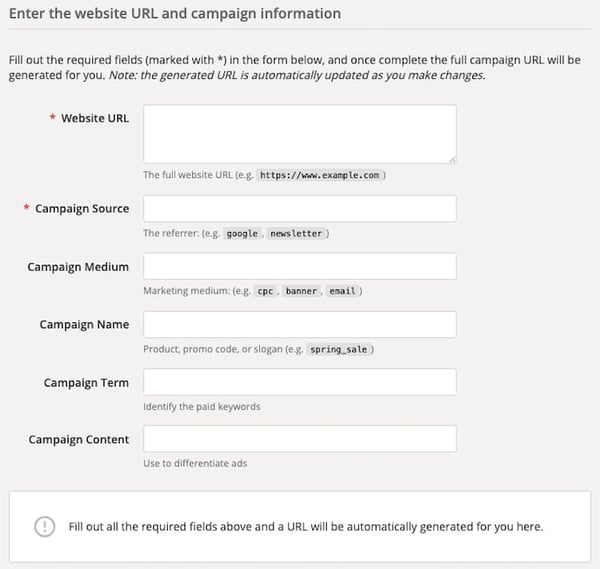
iii. Use the link in your marketing campaign.
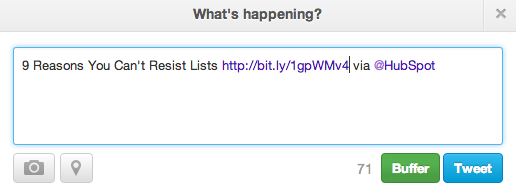
4. Measure your success.
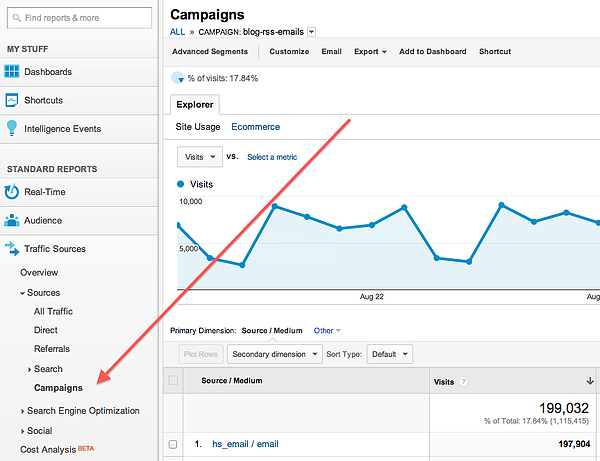
How to Build UTM Codes in HubSpot
1. Navigate to your Analytics Tools.
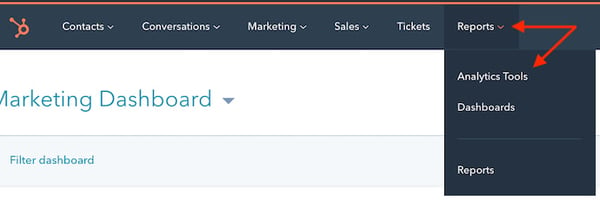
2. Open the Tracking URL Builder.
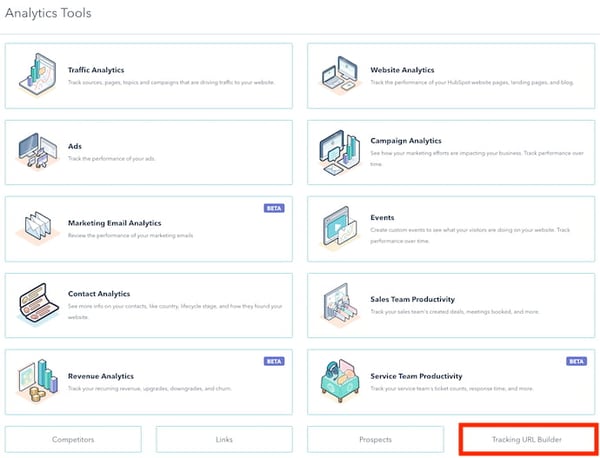
3. Open the Tracking URL form to create a new UTM code.
![]()
4. Fill in each attribute of your UTM code and click "Create."
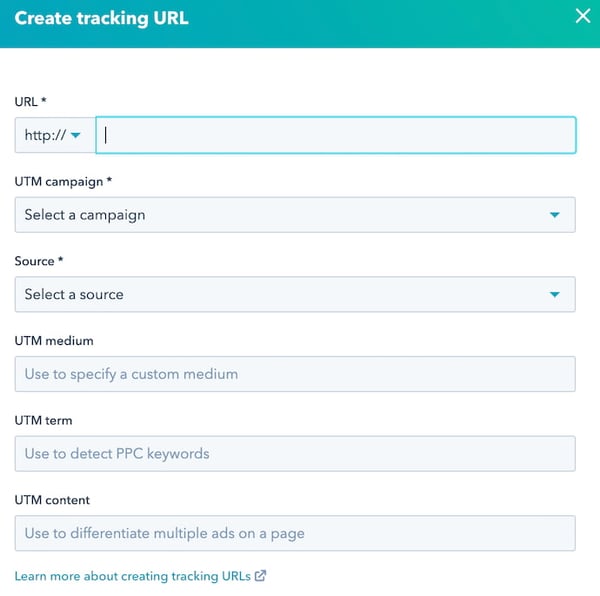
5. Employ the shortened link in your marketing entrada.

vi. Mensurate your success.
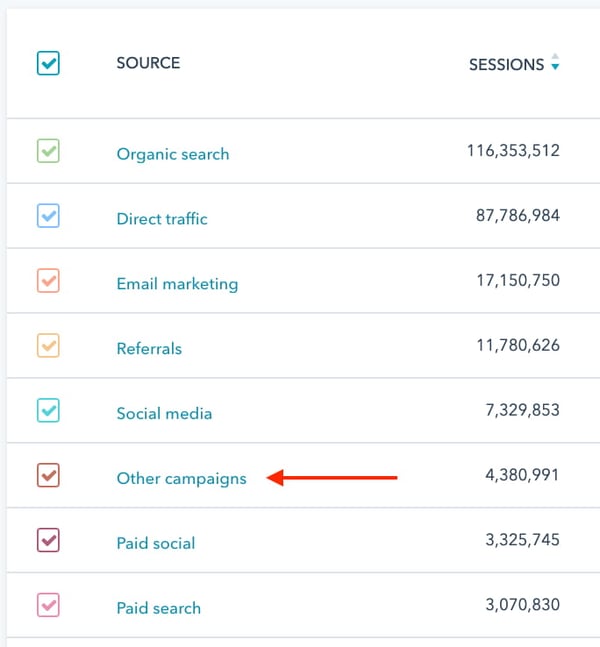
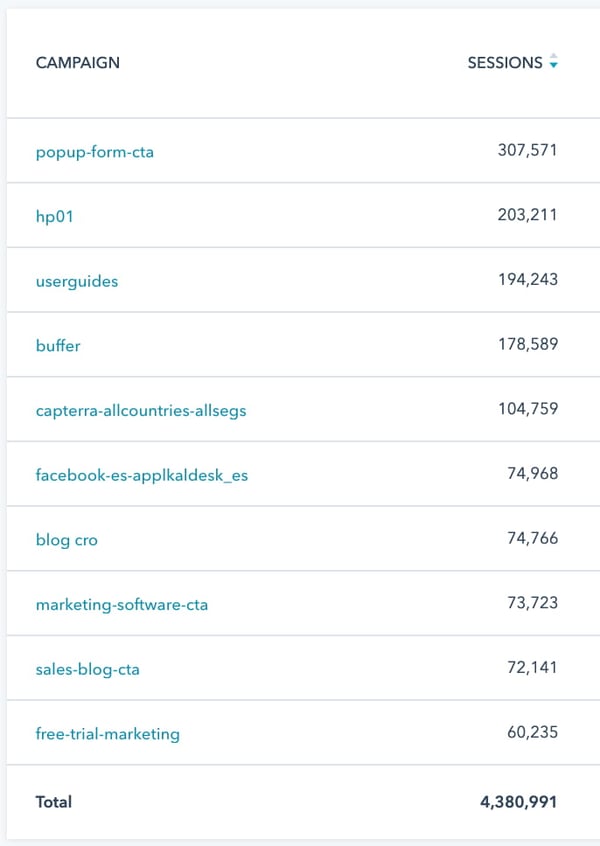
Kickoff Creating UTM Tracking URLs



Originally published Aug xx, 2022 12:45:00 PM, updated Baronial 20 2021
Source: https://blog.hubspot.com/marketing/what-are-utm-tracking-codes-ht
0 Response to "How to Read Utm Codes in Google Analytics"
Post a Comment